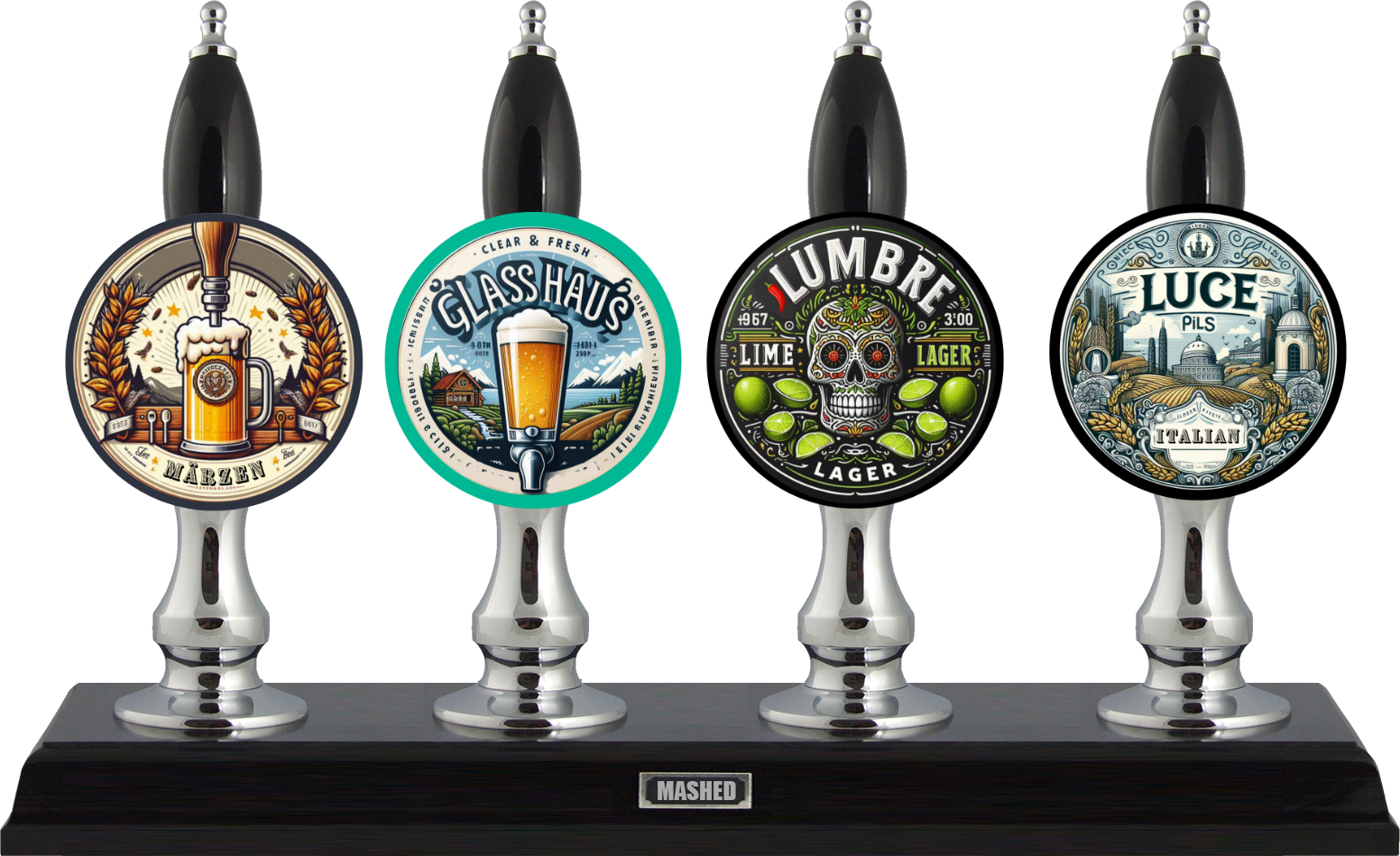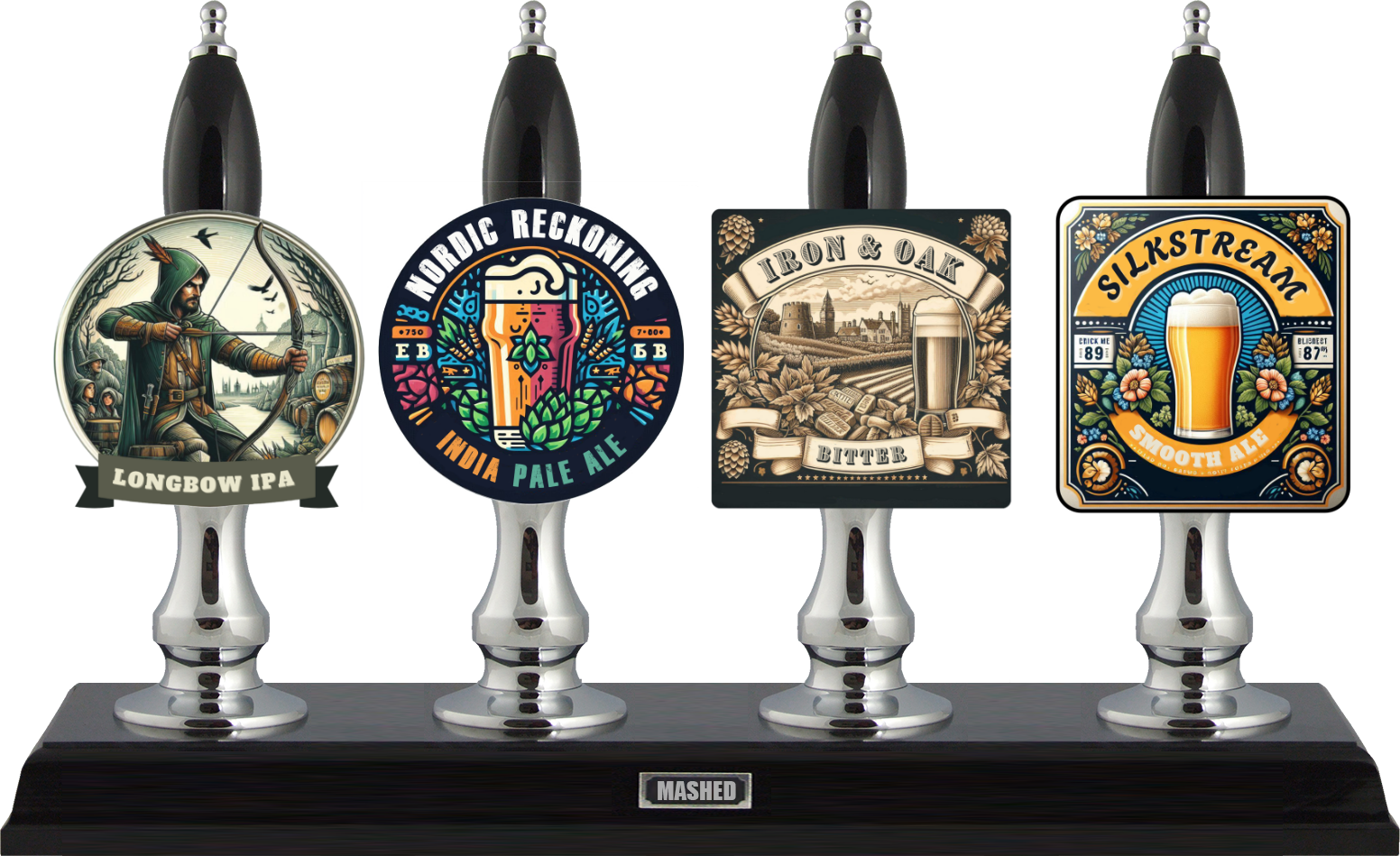The Art of Fermentation: An in-depth exploration of essential concepts and processes from around the world, Sandor Ellix Katz (Chelsea Green Publishing, 2012)
Being a fan of fermented foods like spicy Korean kimchi - delicious on everything - and sauerkraut (‘rotting salad’, as my brother calls it), I had previously heard of this book by king of ferments, Sandor Katz. When I was researching Asian Rice Beer for this issue it sprang up on my radar once again, so I felt it was a sign to get hold of a copy. I’ll jump straight in with a caveat: this book does not focus extensively on beers, nor does it cover favourites like IPAs, Stouts etc. If you’re looking for a manual for general beer brewing, it’s not the book for you. There are plenty of those to choose from. What I do like about this book is its exploration into beers not usually included in the beer discussion in the UK, as well as delicious fermented foods and condiments. Plus other alcoholic drinks - wine, cider, mead - and non-alcoholic drinks like kombucha.
‘I was somewhat shocked to come across the heading: Disposal of Human Bodies’
My first meeting with this book wasn’t what I had expected. On flicking through it initially, I was somewhat shocked to come across the heading: ‘Disposal of Human Bodies’. This falls into the chapter on non-food applications of fermentation. Moving swiftly on, I was forced into another double-take as a recipe for ‘Chewed Potato Beer’ caught my attention. This delightful beverage is made by chewing boiled potatoes into lumps to use in your brew. The enzymes from the saliva in your ‘mashed potato spit balls’ are used to convert the starch in the potatoes. The resulting beer is ‘definitely alcoholic…with a flavor that was tolerable’. If this sells it for you, you can read the full process in the book; but personally I’m going to pass on that one. That said, this brew was ready to drink in just a couple of days. So if you have a last minute party to cater for…
Listen, I’m just being sensationalist by leading with these examples. The book is genuinely fascinating and educational. A perfect read for the microbially curious. And particularly apt for this issue since fermented foods play such a significant role in the culinary culture of many parts of Asia. You’ll find recipes for ferments like koji (see the recipe for Koji Beer on pg 20 - no spit required), tempeh (popular in Indonesian dishes) as well as Chinese black beans, miso, tofu, and soy sauce. Plus there are sections on fermented condiments which pair perfectly with a good beer. Like hot sauce and chilli pickles. And cured and fermented meat, fish and eggs.
For probiotic-rich non-alcoholic drinks you’ll find information on Mexican tapache, a refreshing tonic made from pineapple skins; fruit kvass (the raspberry version sounds delicious), kombucha (not just for hipsters), and water kefir.
On to the beer! This section introduces you to several interesting brews from around the world. Tongba is a strong beer from Nepal. Made from millet, it is unhopped and is drank warm, having been mixed with boiled water before serving. Sorghum beer - a starchy opaque brew - hails from Africa and has a complex sweet-sour flavour. And of course, we have Asian rice brews, which covers sake and rice beer, including sweet potato makgeolli, a Korean rice beer.
It’s a thick book (almost 500 pages) and generous in it’s information. One nugget which I was delighted to read was that contrary to what I have been told, cross contamination is not actually much of a risk if you are fermenting other things in the same environment as your beer. So forget about the worry of airborne microbes interfering with your other brews and ferments.
I’ll be honest, I haven’t had the opportunity to make any of these drinks or dishes yet. My draughty ‘doer-upper’ hasn’t had ferment-friendly temperatures for the past couple of months. My usually decent sourdough bread has been a flop since the autumn. But as soon as spring brings a few extra degrees C into our home, I’ll be fermenting like a fiend. Until then I’ll have to think of other ways to dispose of human bodies…
Kombucha (below and left) is a lightly sparkling drink made by fermenting a tea and sugar solution with a SCOBY (Symbiotic Culture of Bacteria and Yeast). It’s usually non-alcoholic but with a secondary fermentation (after removing the SCOBY) you can brew a hard kombucha that will end up at around 4-7% ABV. Find SCOBYs online; as with a sourdough starter, if you look after it a SCOBY will last for years.





.jpg)





